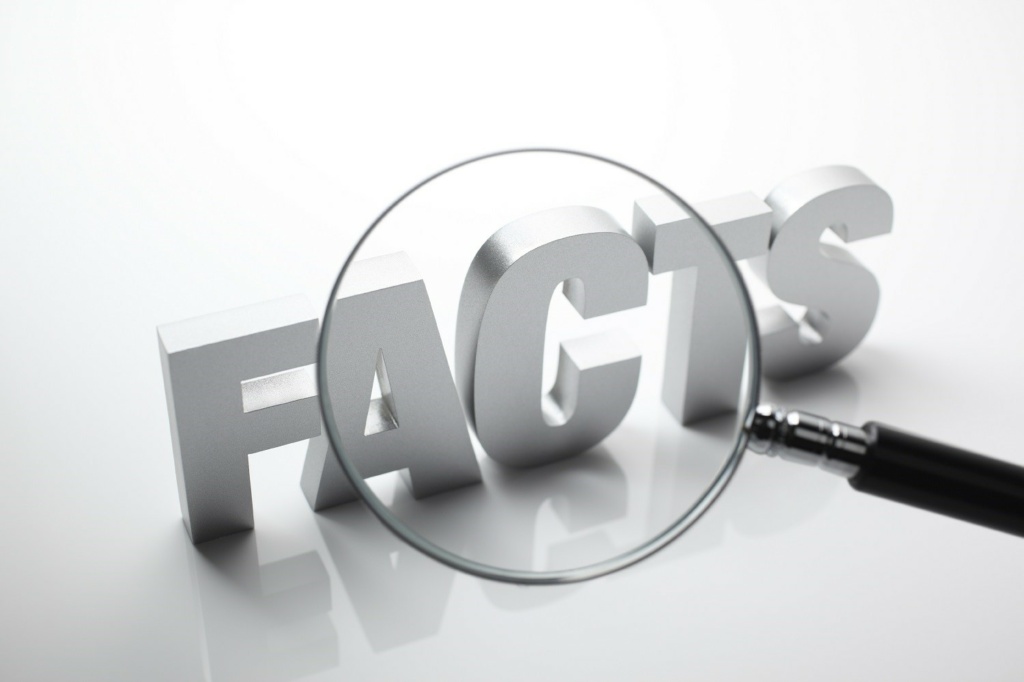Vida Thomas Mentioned in Comstock’s Magazine Article, The Macro Problems Caused by Microaggression
Published: June 8, 2016
Weintraub Tobin’s own Vida Thomas was recently mentioned in an article by Comstock’s Magazine. The article, titled “The Macro Problems Caused by Microaggression“ by Steven Yoder, deals with the implications of bias in the workplace. To read the full article, click here.
Vida serves as Of Counsel to the Firm’s Labor and Employment Group. As an AV-rated attorney who has practiced employment law for over 20 years, she heads up the Firm’s workplace investigations unit.


